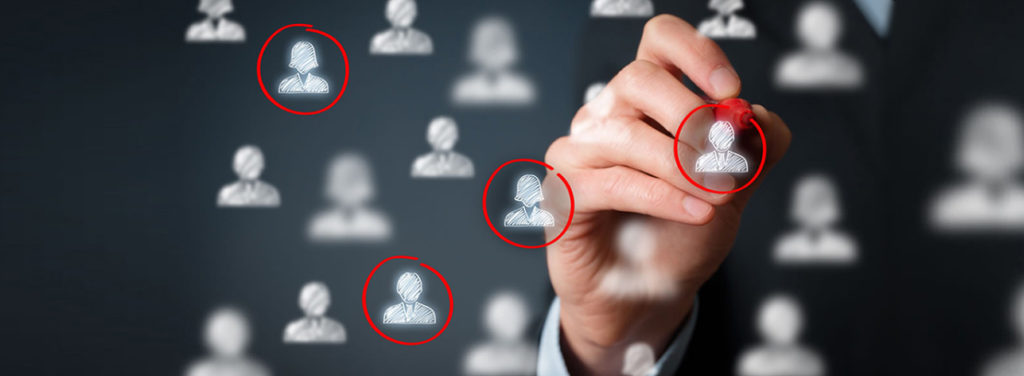The strategic choice to improve ecommerce performance
Click and mortar is the term which defines a distribution system in which the offline structures (retail, warehouses …) are integrated with the online ones (shop online, social, mobile information platforms for distribution management). It represents a new challenge for e-commerce, as it exploits the strength and perspective in store, combining them with the ones of future presence online, with the aim of ensuring the growth of brand, also in terms of awareness.
Multi Channel vs. Omni Channel: which strategy is better?
In developing personal eCommerce, a company can choose two options: a Multi Channel sales structure without developing an integration strategy between online and offline devices, or an Omni Channel strategy. The difference between these two strategies is that the first one only requires the presence of different channels, while the second one creates a connection between different types of channels thus improving the shopping experience of the customer. A customer, who is involved in an omni-channel strategy, will have smoother and more persuasive experience. He will then respond to sophisticated consumer needs, who will not only evaluate the individual act of purchasing, but the experience that is offered to him/her, wherever he is and whatever device he is using.
The omni channel consumer (Omni Channel Shoppers) and the store
A survey done by Google with Ipsos MediaCT and Sterling Brands1 shows how the digital world is not limited to drive purchases on the eCommerce platform, but it can also lead people to the physical store: one on four people, after clicking a search ad on mobile device, usually ends inside a store. Inside the store the digital continues influencing the consumer: 71% of buyers use smartphones to search for items in store, turning them, into their new personal shopper inside the store. We can add results of the last Accenture research (Seamless Retail Survey Results 2015: Top Global Findings2) which shows that consumers would like to have a wi-fi access in the store to be able to order out-of- stock items directly from the store for improving their shopping experience. The consumer is outlined as interested in building an experience based on his/her needs; this includes also the possibility of booking the product, building a wishlist on the website, using research support instruments within the store (wayfinding), but also placing an order online and picking up in store.
What makes happy people who buy online
According to UPS and comScore3 research, in Italy 51% of consumers are inclined to buy from a company which supports online sales with the opportunity of picking up the items in the physical store, because they prefer the reduction of shipping expenses to comfort. In a third of cases, moreover, the pick up in store is an opportunity to make other purchases.
According to the same research, delivery over 48 hours is considered as a critical factor, in fact this is the reason of 78% “abandoned carts ” in European deliveries and 63% in international deliveries. Buyers also expect to find delivery options and related costs in the early stages of the buying process. Even the management of returns is a critical element for Customer satisfaction. The research shows that 57% of buyers in Europe and 39% in Italy has exercised the withdrawal right. The first drawback (52%) in return an order is identified in the payment of shipping costs, 59% also require the option to purchase online and return into a physical store. Consumers expect, therefore, a greater integration between stores and online sales, which they consider very difficult to find in current business dynamics. Integration is a possible screening factor for Customers, in the selection of online alternatives and the range of options that are available for them, they maximize purchases giving evidence to the stores in the area, thus creating new businessopportunities.
Sources:

